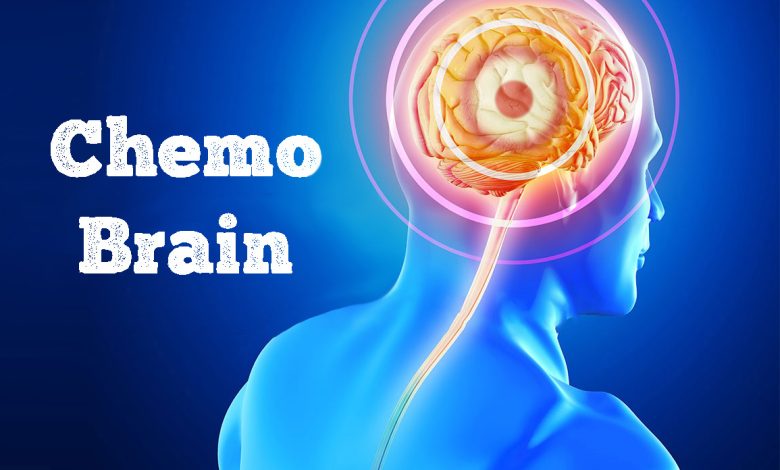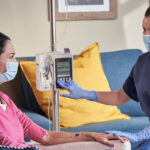Scientists Unveil Biodegradable Implant Enhancing Chemotherapy Delivery to the Brain

In a groundbreaking development, scientists have introduced a biodegradable implant that holds the potential to revolutionize brain tumor treatment. This cutting-edge technology utilizes ultrasound, employing high-frequency sound waves, to bypass the blood-brain barrier and deliver chemotherapy drugs directly to brain tumors.
The researchers addressed a significant challenge faced in cancer treatment—the blood-brain barrier. This natural defense mechanism acts as a near-impenetrable lining in blood vessels, protecting the brain from harmful molecules but inadvertently blocking the delivery of chemotherapy drugs to cancer cells.
The breakthrough study, led by Dr. Thanh Nguyen, an associate professor of mechanical engineering at the University of Connecticut, involved implanting one-centimeter-square devices into the skulls of mice, positioned strategically behind the tumor site. These implants are capable of generating ultrasound waves that temporarily loosen the blood-brain barrier, allowing the chemotherapy drugs to reach the tumor effectively. Remarkably, the healthy brain tissue remains undamaged during this process.
The researchers tested paclitaxel, a drug known for its struggle to breach the blood-brain barrier. Encouragingly, the tumors in the mice treated with the implant and ultrasound significantly shrank, leading to a doubling of their lifespans compared to untreated mice. Additionally, there were no adverse health effects observed in the mice six months after the treatment.
The implant itself is constructed using glycine, an amino acid with potent piezoelectric properties, which means it vibrates when exposed to an electrical current. The team developed the implant by cultivating glycine crystals, breaking them into pieces, and employing a technique called electrospinning, involving high electrical voltage on the nanocrystals.
External devices supply the implant with voltage, generating ultrasound waves that cause the tightly adhered cells of the blood-brain barrier to vibrate, creating space for pores to form. This breakthrough allows for the passage of tiny particles, including chemotherapy drugs, into the brain.
This ultrasound-based approach offers new possibilities in the medical field, with applications reaching far beyond cancer treatment. Experts are optimistic that it could be used in treating neurodegenerative diseases like Alzheimer’s and Parkinson’s, as well as challenging-to-treat cancers such as those affecting the prostate and pancreas. Even the treatment of addiction is envisioned as a potential use for focused ultrasound.
Dr. Nguyen and his team plan to advance their research by testing the safety and efficacy of their implant in pigs, moving one step closer to clinical trials. The ultimate goal is to develop a patch featuring an array of implants, allowing for targeted treatment in various regions of the brain.
With these remarkable advancements in medical technology, the future of cancer treatment and other medical disorders seems brighter than ever before.





